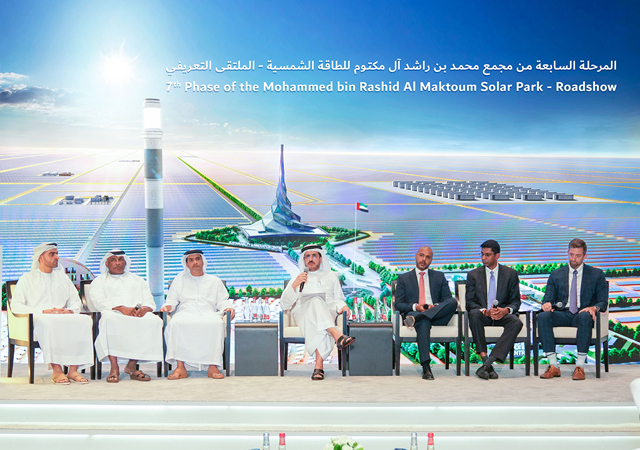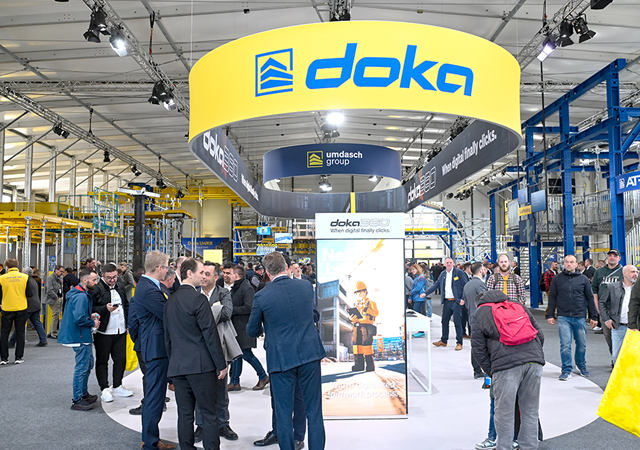
 AceCad’s modelling software has helped in the design of the complex Khalifa Sports Hall.
AceCad’s modelling software has helped in the design of the complex Khalifa Sports Hall.
AceCad Software, a leading software developer for the constructional steel industry, reports strong sales in the Middle East since it set up a base in the region.
It has therefore recently moved into a larger office in Dubai, with an aim to further strengthen its presence in the Middle East.
AceCad is the developer of StruCad – the 3D modellling software for structural steel detailing – and StruMIS, the management information software for steel fabricators.
“Since the establishment of an office in Dubai and the appointment of Riedwaan Abrahams as regional manager earlier this year, we have had witnessed a strong performance in terms of growth,” says a company spokesman.
The growing demand for the company’s products and systems has also required the company to bring in new staff at its new premises and led to the recruiting of further staff. “The company is looking for sales, support and marketing staff, familiar with CAD software and having experience in the steel construction industry,” he says.
For a number of years, AceCad has had operations in the Middle East through its partner network but decided to take the step of establishing its own office in response to demand and to ensure a consistently high quality of delivery and support for its products and services. Staffed by experienced engineers, the office is spearheading a sales and marketing drive throughout the region and providing the AceCad client base with enhanced support and technical back-up for its customers’ software requirements. Riedwaan’s many years of experience as an engineer and StruCad user has been a considerable asset in establishing the office,” he adds.
“The expansion of the office in Dubai is a further step in AceCad’s global growth strategy and a recognition of the priority and importance AceCad attaches to the Middle East market,” says the spokesman.
“Interest and sales in AceCad’s products is very high in the region as one would expect with spending on new infrastructure, construction, industrial and oil and gas projects at an all-time high, resulting in substantial business for the Middle East’s steel fabrication industry. AceCad is confident there will always be a strong demand for best-of-breed productivity tools in steel construction to achieve ever higher productivity both to stay competitive and cope with increased demand,” he adds.
The enhanced version of StruCad (version 11) will be launched at the Big 5 later next month.
StruCad Version 11
AceCad has brought the Version 11 StruCad up to date with a brand new Windows-style graphics user interface (GUI). Claimed to be one of the most respected structural steel detailing packages on the market today, StruCad provides an extensive array of parametric modelling tools, enabling users to model entire steelwork structures in 3D – down to the last notch, plate and bolt – then automatically generate drawings, material lists, and CAM data, says the spokesman.
“This level of functionality is something you don’t obtain overnight and it’s taken AceCad many years to achieve. However, while the programs capabilities have evolved considerably, development of the GUI has remained static for some years, making the product look a little dated,” he adds.
Elaborating on the package, he continues: “The good news is that for version 11, AceCad has given the GUI a complete overhaul, giving StruCad the look and feel of a modern Windows application, complete with enhanced usability. StruCad V11 includes standard Windows toolbars, complete with tooltips. These can be docked, icons can be displayed in two sizes, and new toolbars can be created or edited to suit an individual. Once set-up, users can transfer their customised interface to other machines simply by copying a couple of files.
“The enhancements to the GUI also extend to other areas, including dialogues, pop-up menus, and the new Dynamic Ports Splitter. Here, StruCad’s four port views, which typically contain views in plan, elevation and 3D, can be resized simply by dragging and dropping at the intersection of all four viewports.
“StruCad’s new look and feel is sure to make it a much more welcoming environment for first-time users. However, AceCad still has a huge installed base to keep happy and not all users welcome change with open arms. As a result, StruCad V11 still supports the old style interface, though AceCad believes that it won’t take long to win over veterans, once they give it a go. But beyond cosmetics and user interaction, StruCad supports enhancements in the following areas:
• Model Limits: One of the major new enhancements is the increase in the number of members – previously limited to 10,000 – that are supported. Those working on huge projects would often have to split their models up into bite-sized chunks. Now due to a major re-write in Version 11, modelling limits have been virtually removed across the board. In addition, many of the key limits are now dynamic, only using the memory necessary for the number of items currently in the model, thus reducing the memory footprint of the model.
• Xref: StruCad now has the ability to reference external drawings into a session. Xrefs can be inserted in both 2D and 3D, in SPF and DXF formats. This is particularly useful for bringing in architectural models, non-standard steel, or when working on structures made from a combination of materials.
• Detail views: Drawings generated by the detail command can now contain embedded data, which can be displayed on screen. Once a detail has been created, users can now label the drawing with the required part information such as stock size, mark grade, etc.
• Nested drawings: A new nesting system will allow the nesting of multiple drawings onto single sheets. While this will be of less interest to UK users, who typically deliver drawings on individual A4 sheets, the ability to place multiple drawings is sure to appeal to steel fabricators overseas.
• Import/export: StruCad has seen a wide range of enhancements to the import/export functionality available in StruCad’s Analysis and Design option or StruCad Analyser. V11 supports the new CIS2 (CIMsteel Integration Standards) analysis neutral file, which is designed to lay down standards for electronic data exchange between different steelwork projects and software packages. Also new for this release is a direct link to STAAD, which enables users to import/export files to and from the popular analysis package.
• Cold-rolled systems: AceCad has been working closely with Kingspan to improve its cold-rolled macros. In addition to a new side rail support system, dialogue boxes have been made much clearer across the board.
Estimating: Over the past years, AceCad has been concentrating on providing tighter links to its StruMIS fabrication management system. Building on this, Version 11 sees the introduction of a dedicated estimating module, a wizard-style utility built into StruCad that can be used to calculate the cost of the model. In addition to calculating the price of the steelwork, the estimating module can be used to determine fabrication, painting, transport and erection costs.
Contest
Every year, AceCad holds an International StruCad Drawing Competition. This year’s winner is Murray and Roberts ME and Genrec Engineering with their Khalifa Sports Hall project. The quality of entries was particularly high and deciding on the winner was therefore not an easy task, says the spokesman.
The sports hall is located in the Khalifa Sports City, Doha, which is being redeveloped as part of a $3 billion programme to upgrade Qatar’s sports facilities in preparation for the 2006 Asian Games which the country is set to host.
More than 8,500 tonnes of steel will go into the construction of the stadium and all of this was detailed using StruCad.
Explaining the challenges posed by the project, the spokesman continues: “Genrec was posed with the following challenges:
• Extremely complex composite connections had to be intimately addressed and executed to incorporate specialised design, fabrication, transportation and erection requirements;
• Conventional and vereendeel designs blended to achieve the project profile as a whole and the spectacular Royal Entrance area in particular;
• Design, detailing, procurement of material, fabrication, transport, international clearance, and subsequent erection all became an extremely exciting and rewarding challenge to finally meet the tight programme deadlines.”
This is just one of many steel construction projects in the Middle East in which the use of StruCad has resulted in considerable savings in both time and effort, which would be impossible to achieve otherwise and enabled steel fabricators to meet deadlines within cost, the spokesman adds.
Established in 1986, AceCad Software has become a leading supplier of software solutions to the international constructional steelwork industry. AceCad complements its leading range of software titles with a range of products that include training, technical support, drawing offices, design offices, consultancy and a dedicated hardware business. The resulting portfolio is the broadest range of integrated software products and services dedicated solely to the needs of the industry, he points out.
AceCad, which has operations throughout Europe, North America, Asia, Australia and South Africa and a worldwide network of distributors and representatives serving over 70 countries, recently opened offices in France and Spain.


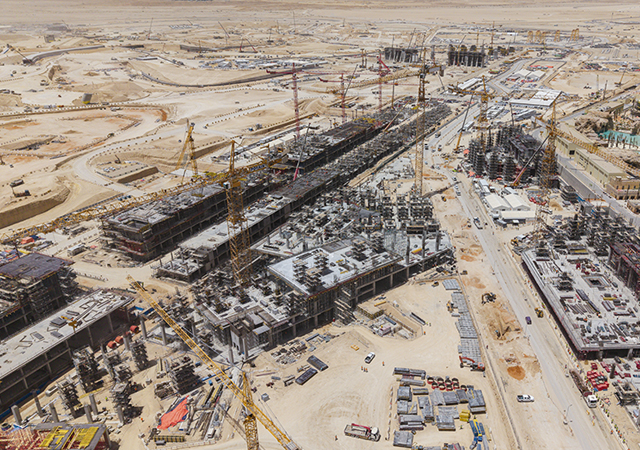
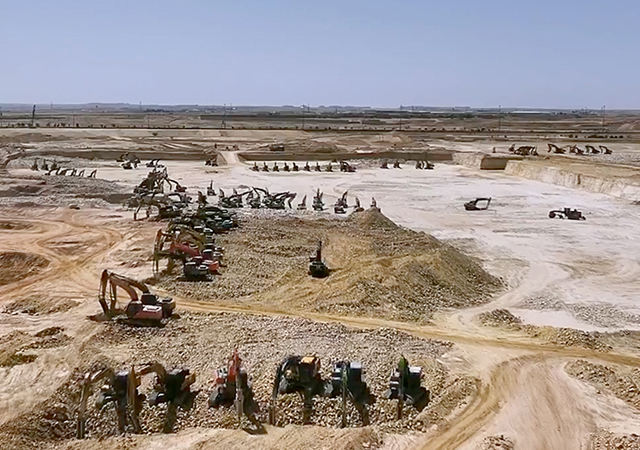
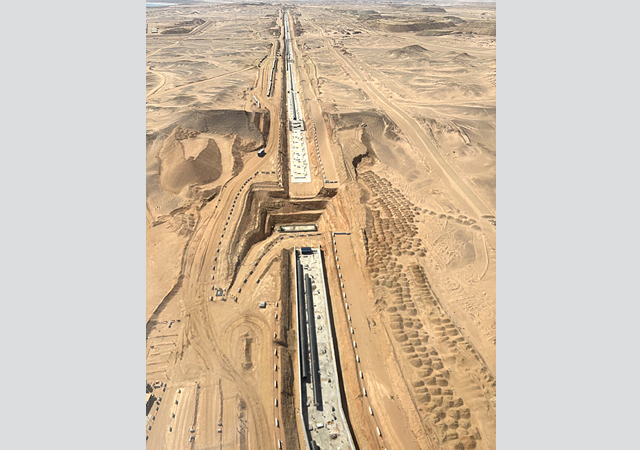





 BIG.jpg)
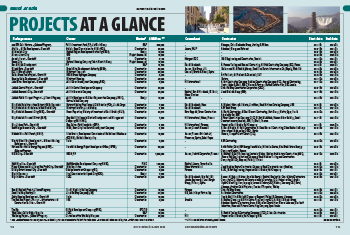
.jpg)
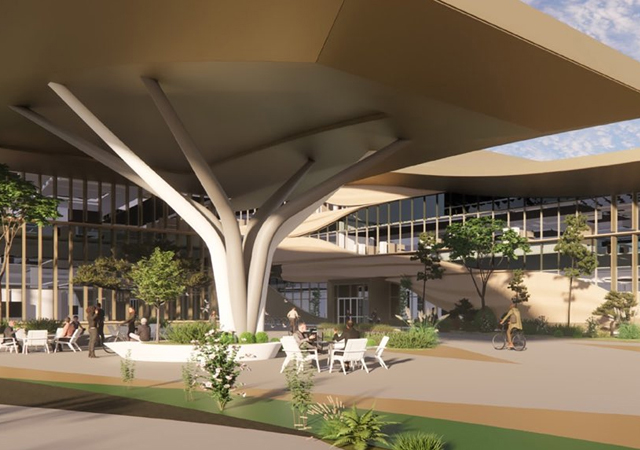

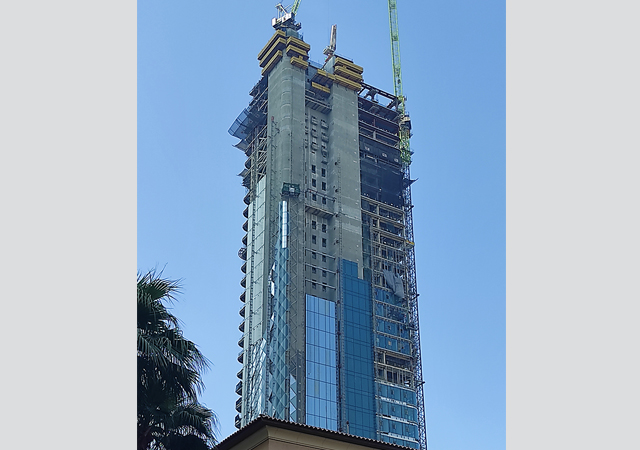
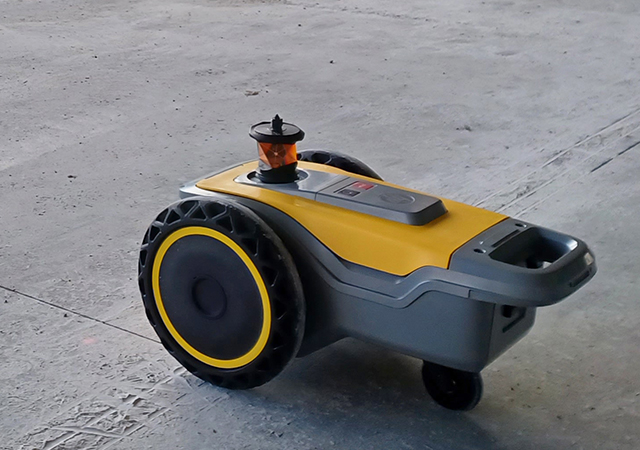
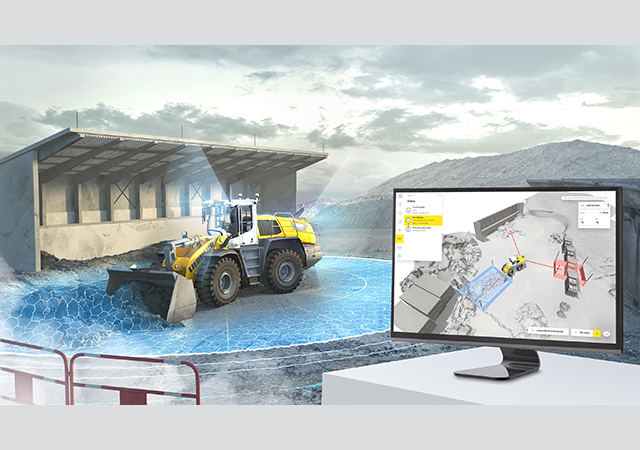
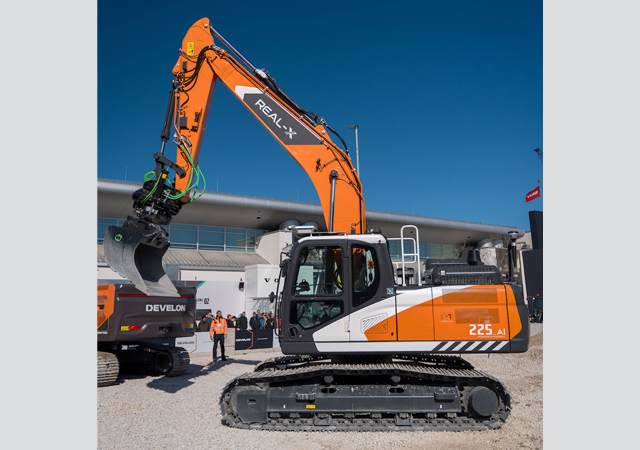
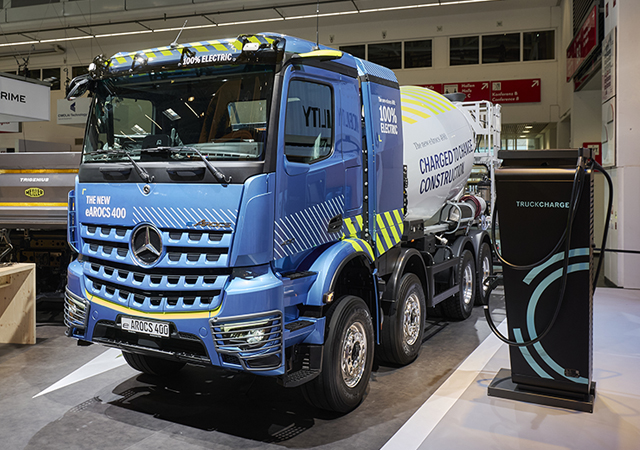

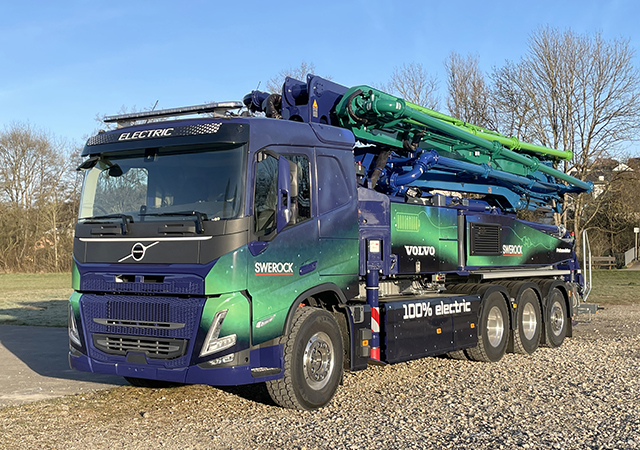

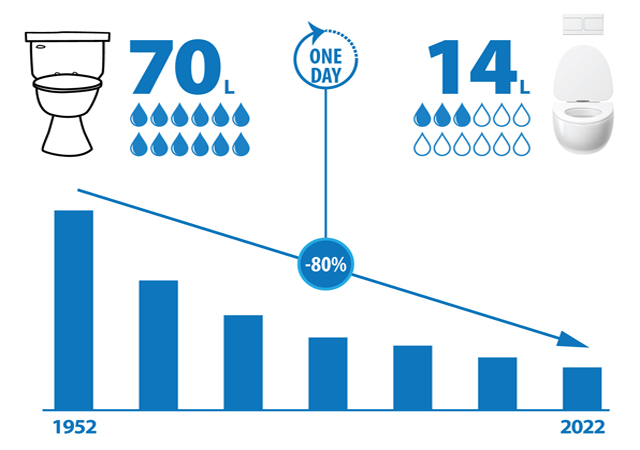



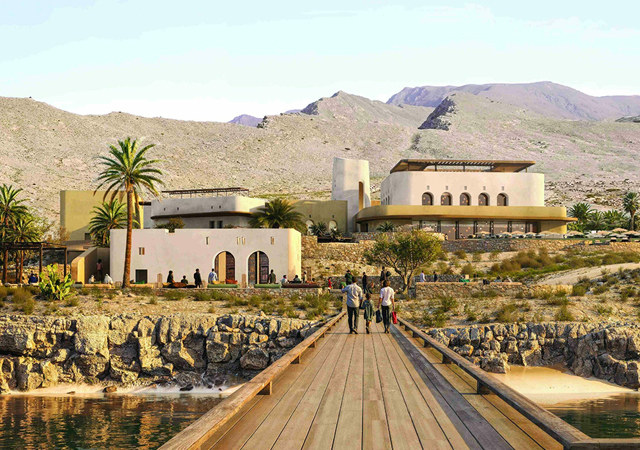



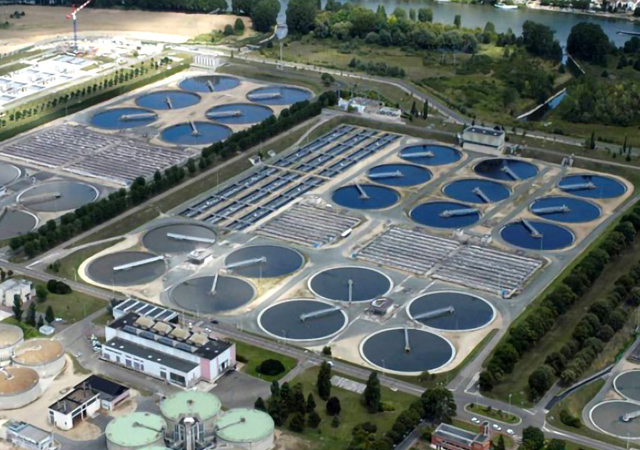


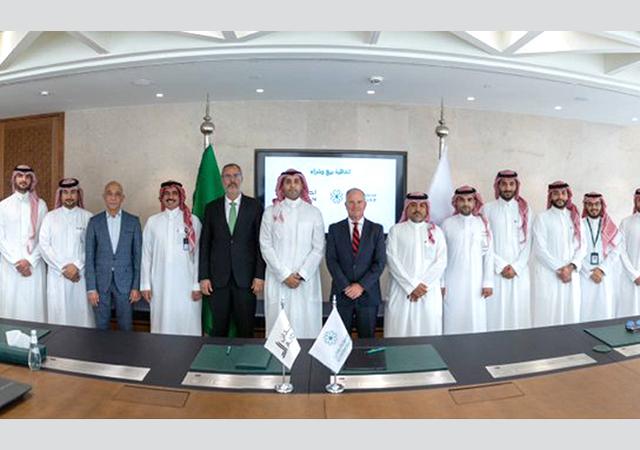
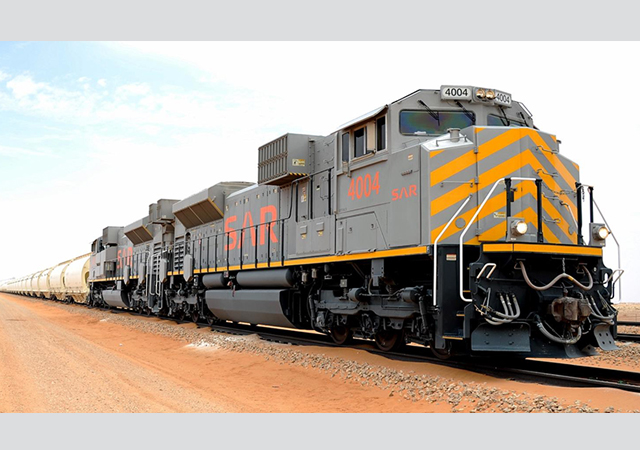
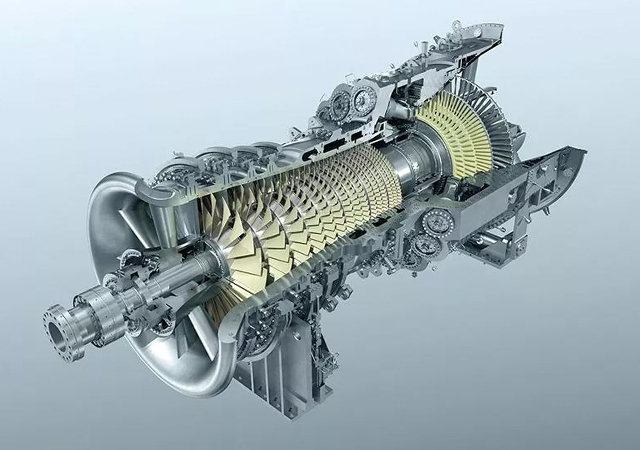

.jpg)






